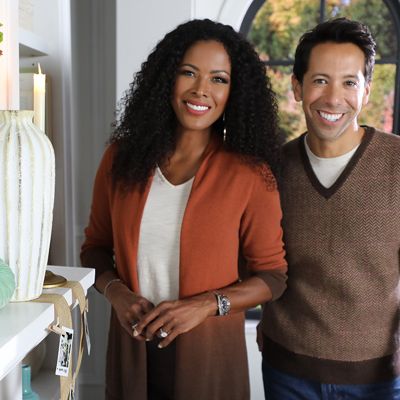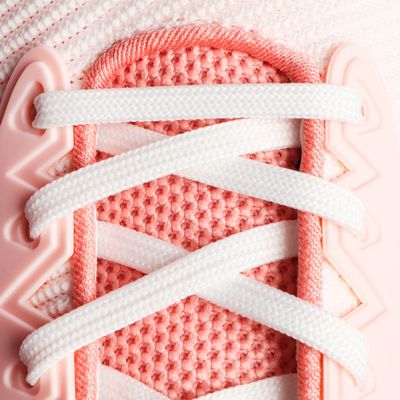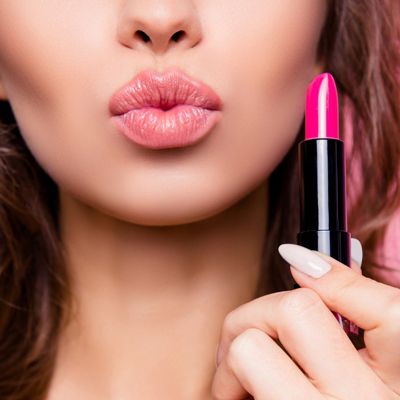Found in lipsticks and moisturizers, among other types of cosmetics, BHA and BHT are classified as possible carcinogens. Long-term exposure to these ingredients has been linked to liver, thyroid, and kidney problems.
2. Coal Tar Dyes
On ingredients lists, these will show up as “P-phenylenediamine” or “CI” followed by a number. P-phenylenediamine is a coal tar dye found in hair dyes, while CI (or Color Index) numbers are used to identify coal tar dyes in a variety of pigmented cosmetics like lipstick. Derived from petroleum and composed of many different chemicals, coal tar dyes are recognized as a human carcinogen and have been linked to brain damage.
3. DEA (Diethanolamine)
This ingredient helps make cosmetic products creamy or sudsy and can be found in products like facial cleansers, shampoos, soaps and moisturizers. In the short term, DEA can cause moderate skin and eye irritation, while sustained exposure has been linked to liver, skin, and thyroid cancers.
4. DBP (Dibutyl Phthalate)
Dibutyl phthalate is a plasticizer commonly used to prevent nail polish from becoming brittle. Consistent use of DBP has been linked to hormonal disruptions and developmental defects in fetuses, as well as liver and kidney failure.
5. Formaldehyde-Releasing Preservatives
Look for ingredients like DMDM hydantoin, diazolidinyl urea, imidazolidinyl urea, methenamine, quaternium-15, and sodium hydroxymethylglycinate. These preservatives are used to increase the shelf life of a variety of cosmetics and they work by continuously releasing small amounts of formaldehyde – a known human carcinogen.
6. Parabens
An estimated 75-90% of cosmetics contain parabens, making them the most widely used preservative in makeup and skincare products. The ingredient has been linked to hormonal disruptions, breast cancer, increased skin aging, and DNA damage.
7. Parfum (or Fragrance)
About 3,000 different ingredients are used in fragrances, though these will show up as one word on ingredient lists – “fragrance” or “parfum”. Used in more than just perfumes, these smell-enhancing substances can be found in almost every type of cosmetic product. Many unlisted ingredients in fragrances have been linked to health problems like asthma, allergies, and even cancer.
8. PEG Compounds
Common in cream-based cosmetics, PEG compounds are used as thickeners, solvents and moisture-carriers. Depending on how they are manufactured, these ingredients can get contaminated with carcinogenic substances like ethylene oxide and 1,4-dioxane. Even when not contaminated, PEG compounds have been shown to cause skin irritation.
9. Petrolatum
Petrolatum is a petroleum jelly that is used in hair products to add shine and in lip balms, lip sticks, and moisturizers as a moisture barrier. The ingredient is often contaminated with PAHs (polycyclic aromatic hydrocarbons), a known carcinogen, and can cause skin irritation and allergies in smaller doses.
10. Siloxanes
Look for ingredients ending in “-siloxane” or “-methicone”, which are found most commonly in hair products and deodorants. Many of these ingredients have been found to impair fertility and cause hormonal disruptions.
11. SLS (Sodium Laureth Sulfate)
This foaming agent can be found in cosmetics like cleansers, bubble bath, and shampoo. Many commercial varieties are contaminated with ethylene oxide and 1,4-dioxane – known carcinogens
12. Triclosan
This ingredient is found in antibacterial cosmetics like deodorants, cleansers, and hand sanitizers. The ingredient is said to cause skin and eye irritations in the short run, and conditions like antibiotic resistance and hormonal disruptions with sustained use.
A recent study by the David Suzuki Foundation found that roughly 80% of cosmetic products owned by surveyed individuals contained at least one of the ingredients on this “dirty dozen” list.
It might seem intimidating to try to have all your cosmetics be part of the clean 20%, but luckily there are apps for checking ingredients and non-toxic beauty brands created with informed shoppers in mind. Here are five beauty brands that are free of “dirty dozen” cosmetics ingredients.





















